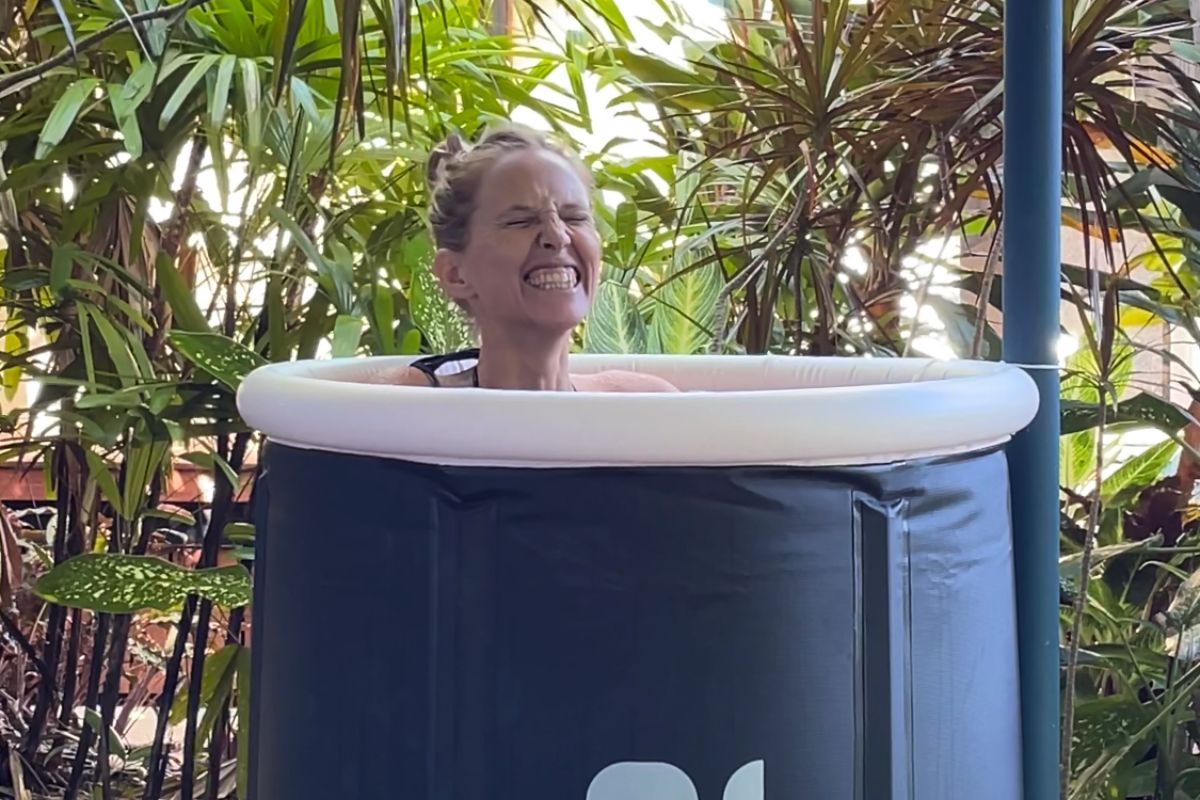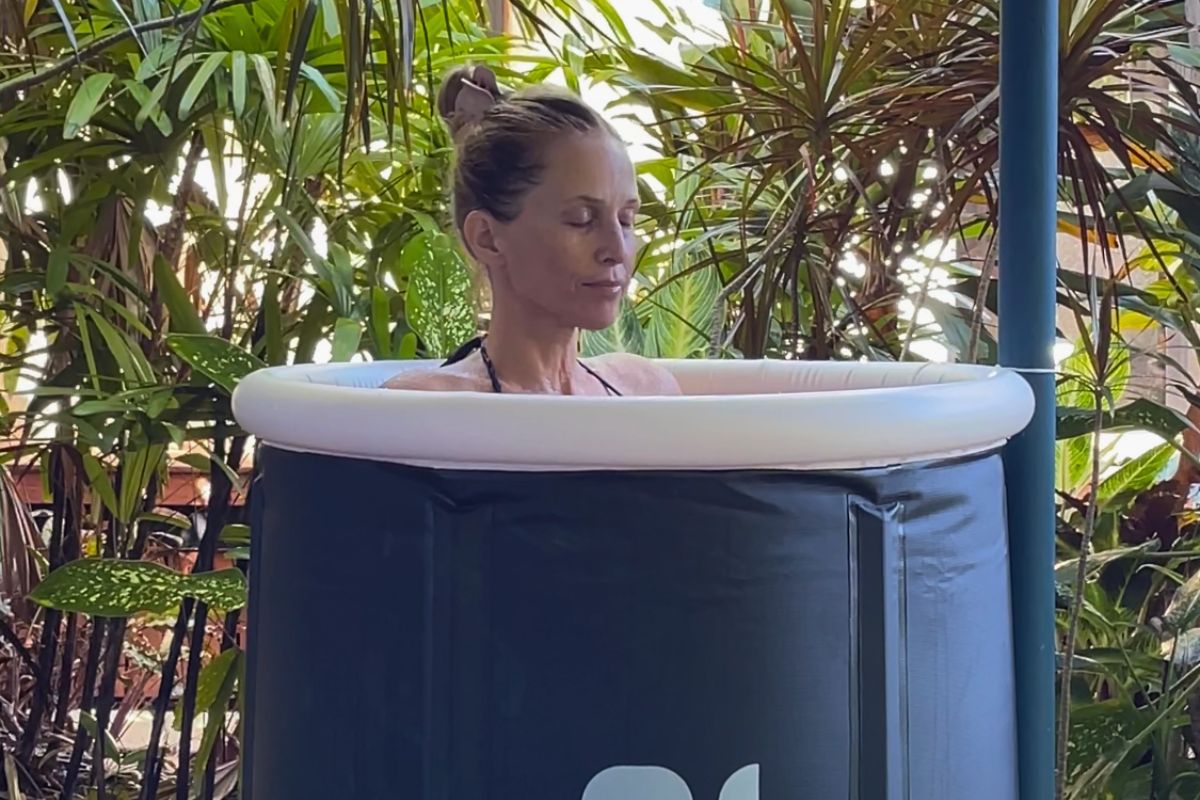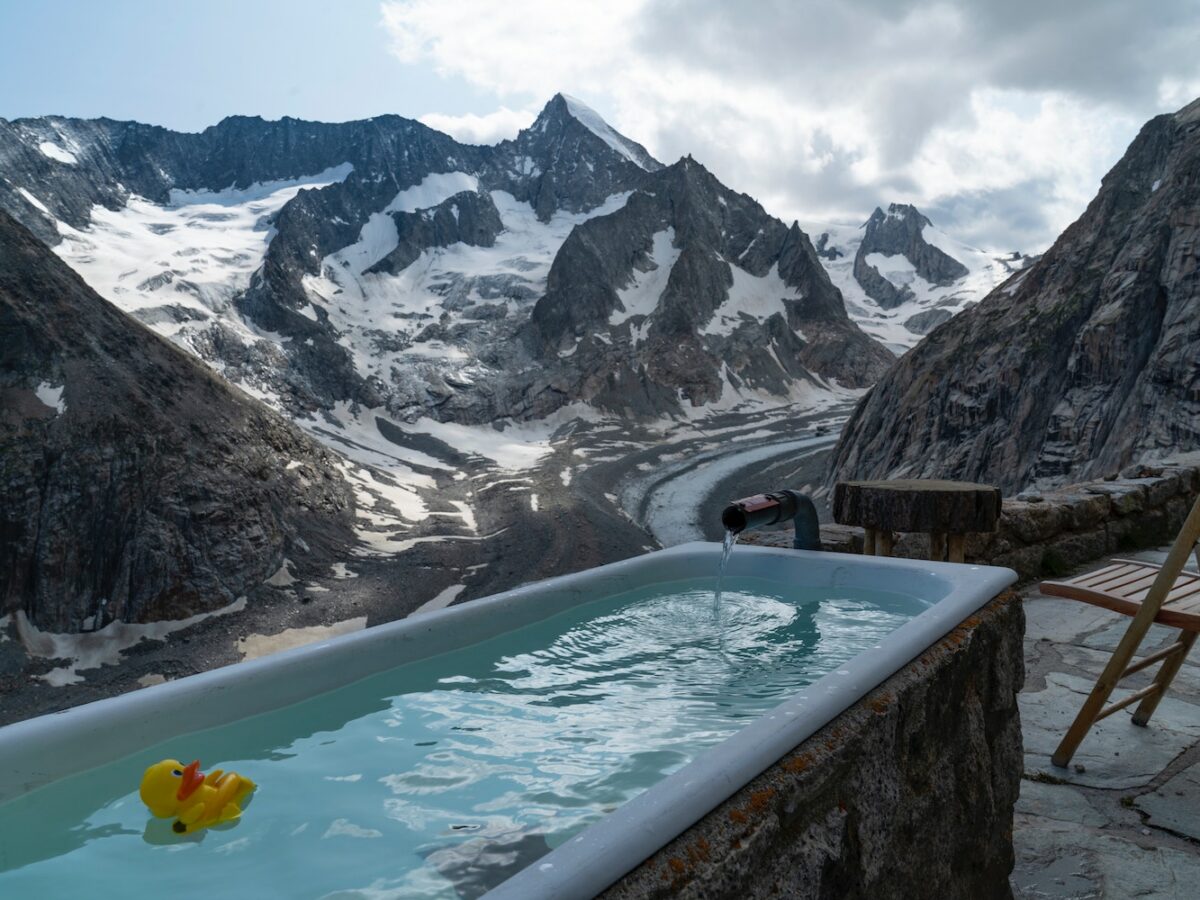Have you been looking for something new to try to boost your wellbeing? Ice baths might just be the answer you’re looking for! While the cold might seem uncomfortable, did you know that there are many benefits to immersing yourself in cold water? For centuries, ice baths or cold water immersion has been used to improve health and wellbeing. In this post, you will learn all about the benefits and risks of ice baths, as well as tips on how to try it out safely.
Have you ever experienced the sensation of your skin tightening when you go out in the cold weather? This experience is not only a way to enjoy the cold season, but it’s also an option to do something good for your body and mind. Ice bathing is a form of hydrotherapy that is becoming more and more popular around the world. It’s no surprise that ice bathing has many benefits for your body and mind. Here are just a few benefits you can experience from ice bathing, as well as tips on how to do it safely.
What is Ice Bathing and How Does It Work?
Ice bathing is the practice of immersing your body in cold water, typically below 15 degrees Celsius. Some people do this in natural bodies of water such as lakes or rivers, while others use their bathtubs or special facilities.
The idea is that the cold water narrows your blood vessels, which causes your body to redirect blood to vital organs to protect them. When you step out of the water, your blood vessels open again, and blood flows with oxygen and nutrients throughout your body. This has many benefits for your health.
The Benefits: What Can Ice Bathing Do for You?
There are many benefits of ice bathing, including:
- Increased blood circulation:
The constriction and dilation of your blood vessels during cold water immersion improve your body’s circulation, helping your organs function better and your body receive the nutrients it needs. - Faster recovery, less pain:
Spending a few minutes in cold water helps with muscle recovery and is also used in pain therapy. Cold water has been shown to reduce muscle soreness and inflammation after exercise. This is because it helps to reduce swelling and promote blood flow, which can help to speed up the healing process. - Boosted metabolism:
Ice bathing can kickstart your metabolism and fat burning. Due to the cold, your body burns a significant amount of calories as it tries to keep warm. Estimates suggest that during a short ice bath of 1-2 minutes, your body can burn up to 350 calories, but the exact number of burned calories depends on factors such as weight, body fat percentage, and metabolism. - Reduced inflammation:
Ice bathing can also help reduce inflammation in the body by limiting the release of inflammatory hormones. Inflammation can lead to a variety of health issues, from joint pain to depression to chronic diseases. - Increased mental resilience:
The practice of ice bathing can also increase your mental resilience by forcing you to control your breathing and thoughts. Additionally, it can help you feel more relaxed and reduce stress. - Improved mood:
Studies have shown that bathing in cold water can improve your mood and boost your wellbeing. This could be due to the release of endorphins such as dopamine. - Improved immune function:
Taking cold showers may also help to strengthen your immune system. Cold water can stimulate the production of white blood cells, which can help to fight off infections and disease. - Increased alertness and focus:
Cold water can also help to increase your alertness and focus. It stimulates the production of norepinephrine, a hormone that can improve your mental clarity and concentration. - Improved skin and hair health:
Cold water can help to improve the health of your skin and hair by tightening pores and reducing inflammation. It can also help to reduce oiliness and make hair shinier and more manageable.


What are the risks of ice baths?
Like with any physical activity, there are also risks involved with cold water bathing. Prepare and proceed cautiously in order to minimise them. If you’re not used to cold water, it’s important to start slowly and gradually work your way down to colder temperatures and longer immersion times to avoid shock to your system.
Some other potential risks include:
- Hypothermia:
If your body cools down too much, it can lead to hypothermia, a dangerous condition where your body can no longer maintain its heat. It is important to keep an eye on your body temperature and not overdo it with ice bathing. After the ice bath, you should also slowly warm up and listen to your body. - Heart problems:
If you already have heart problems or take heart medication, you should consult a doctor before ice bathing. The cold water temperature can lead to an increase in blood pressure and a strain on the cardiovascular system. - Breathing problems:
The sudden contact with cold water can lead to breathing problems, especially in people with asthma or chronic lung diseases. Focus on controlled and deep breathing, and slowly exhale, preferably through the nose. - Infections:
If you bathe in natural bodies of water, there is a risk of infection from bacteria or other microorganisms in the water. Make sure to only bathe in clean bodies of water and immediately put on warm clothing after ice bathing.
How often and how long should you stay in an ice bath?
If you are curious and want to try ice bathing, here are some tips to keep in mind:
- Start slowly and gradually increase the duration of immersion.
It is best to start ice bathing slowly and gradually increase the duration and frequency. Once or twice a week is usually enough to experience the benefits of ice bathing without overloading the body.
The duration of ice bathing depends on the individual tolerance of your body as well as the water temperature. For beginners, a typical duration in 4-degree cold water is 30 seconds to 2 minutes, while experienced ice bathers can stay in the cold water for up to 5 minutes. In 10-12 degree cold water, you can expose yourself to the cold for a longer time even as a beginner.
- Be warm beforehand:
Make sure you’re properly warmed up before getting into the cold water. Ideally, you should have done some exercise beforehand. - Avoid ice bathing alone and make sure someone is nearby in case you need help.
- Warm up quickly afterwards:
After ice bathing, wrap yourself in warm clothes and warm up to avoid hypothermia. - Listen to your body:
And most importantly, pay attention to the signals your body is giving you and don’t overdo it. In general, it’s recommended not to stay in the water for more than 10 minutes.
Affordable alternatives to ice baths in nature and fancy bathtubs:
So, all this sounds great, but you don’t have access to a natural body of water, don’t want to venture into an icy lake, and don’t have a bathtub at home? Then a foldable tub is ideal. You can set it up almost anywhere, it requires less water than a regular bathtub, and you can simply pack it up and put it away afterwards – and use the remaining water for mopping your floors and watering your plants :-).
As part of my mission to help people reach their full potential, I would like to recommend the portable ice bath from nurecover. After looking around for a tub for quite a while, I finally got this one and find it’s super easy to assemble and a very convenient way to incorporate regular (ice) cold water bathing into your health routine.
If you’d like to try the foldable tub from nurecover as well, visit nurecover.com and use the code LISA41414 for a 20% discount.
My verdict on ice bathing:
Overall, ice bathing is a great way to promote your physical and mental health. With the right preparation and aftercare, you can enjoy the benefits and feel refreshed and revitalised. Give it a try and let me know how it works for you.
Studies about Ice Baths and Cold Water Therapy:
https://www.sciencedirect.com/science/article/abs/pii/S1550830720300859
https://www.ncbi.nlm.nih.gov/pmc/articles/PMC4049052
https://www.mdpi.com/1660-4601/17/23/8984
https://pubmed.ncbi.nlm.nih.gov/15253480
More about the risks of ice baths:
https://physoc.onlinelibrary.wiley.com/doi/full/10.1113/EP086283




